On the 26th November, Nerve Radio hosted a new research feature on their news discussion show to open student’s eyes to some of the fantastic work that goes on behind the lecture halls and seminar rooms.
This was a fascinating half hour where researcher Tom Cousins talked about some his current projects. Maritime Archaeology was the topic of discussion on the 26th and Tom gave a very interesting overview of his day-to-day activities on this truly fascinating subject area that I’m sure had a lot of students envying those studying on the maritime archaeology course.
Some of the discussion focused on dives that he and a team participated in looking for artifacts and tanks of WW1 and WW2 wrecks. The main project was the Swash Channel Wreck, which Tom was involved in as a student back in ‘07-’09.
Another major project discussed on the Nerve Radio research feature is a study of the Salcombe Kingsbridge Estuary which was used as the maritime equivalent of the Big Dig. This involved intertidal surveys and excavations, and this summer Tom excavated a World War 2 Motor Torpedo Boat.
If this is a topic that you would like to hear more about please email tcousins@gmail.com
After this successful Nerve Radio research feature, we can expect more to come in the New Year, so if you are planning on listening in next time, email ssquelch@bournemouth.ac.uk and I can keep you up to date with the dates and type of researcher that will be featuring on Nerve.










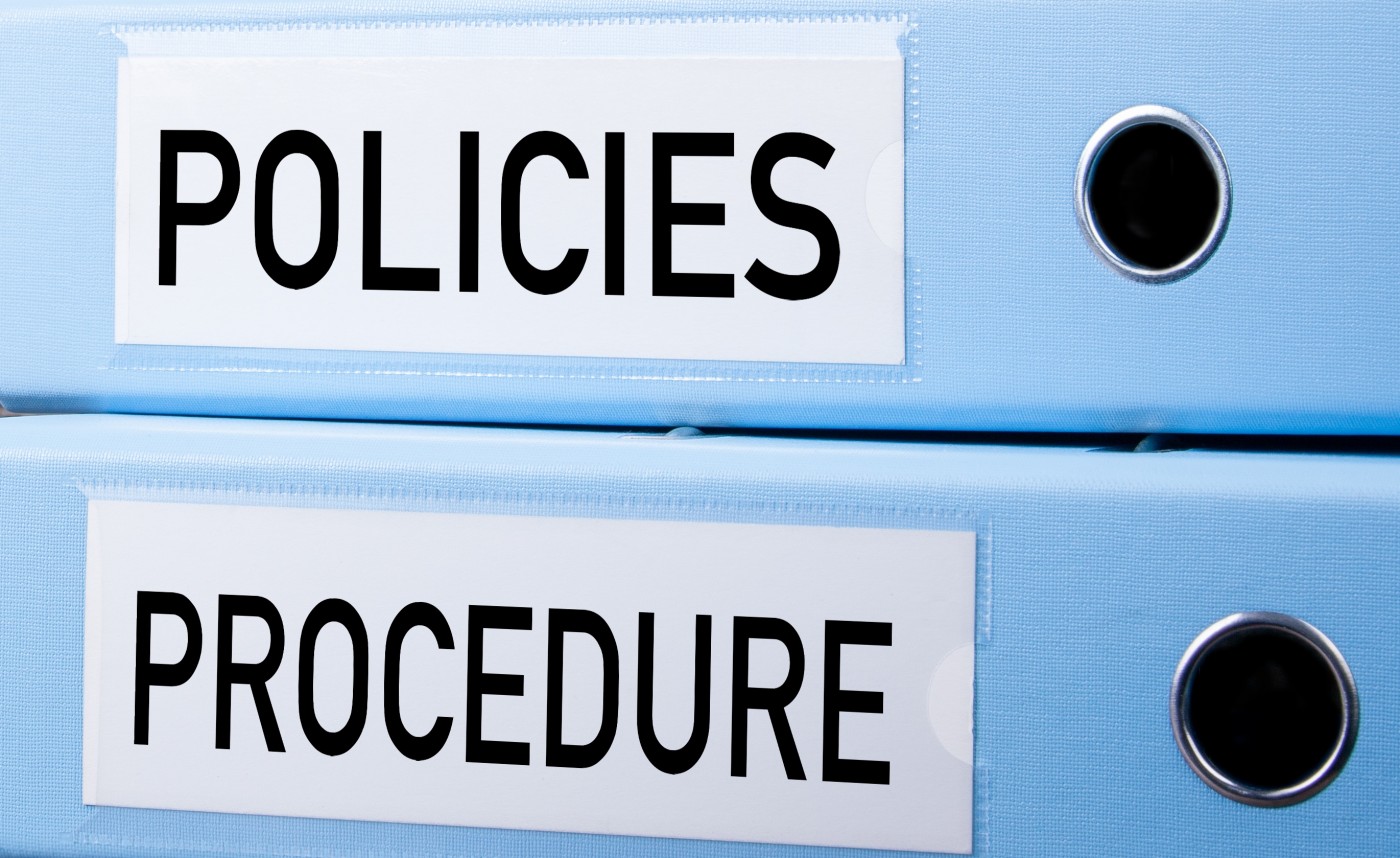
 New Nepal scoping review on maternal & neonatal health
New Nepal scoping review on maternal & neonatal health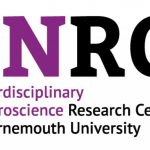 Fourth INRC Symposium: From Clinical Applications to Neuro-Inspired Computation
Fourth INRC Symposium: From Clinical Applications to Neuro-Inspired Computation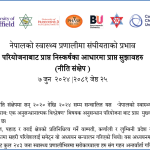 Writing policy briefs
Writing policy briefs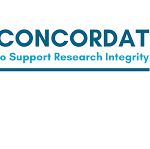 Upholding Excellence: The Concordat to Support Research Integrity
Upholding Excellence: The Concordat to Support Research Integrity ECR Funding Open Call: Research Culture & Community Grant – Application Deadline Friday 12 December
ECR Funding Open Call: Research Culture & Community Grant – Application Deadline Friday 12 December MSCA Postdoctoral Fellowships 2025 Call
MSCA Postdoctoral Fellowships 2025 Call ERC Advanced Grant 2025 Webinar
ERC Advanced Grant 2025 Webinar Horizon Europe Work Programme 2025 Published
Horizon Europe Work Programme 2025 Published Horizon Europe 2025 Work Programme pre-Published
Horizon Europe 2025 Work Programme pre-Published Update on UKRO services
Update on UKRO services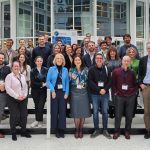 European research project exploring use of ‘virtual twins’ to better manage metabolic associated fatty liver disease
European research project exploring use of ‘virtual twins’ to better manage metabolic associated fatty liver disease